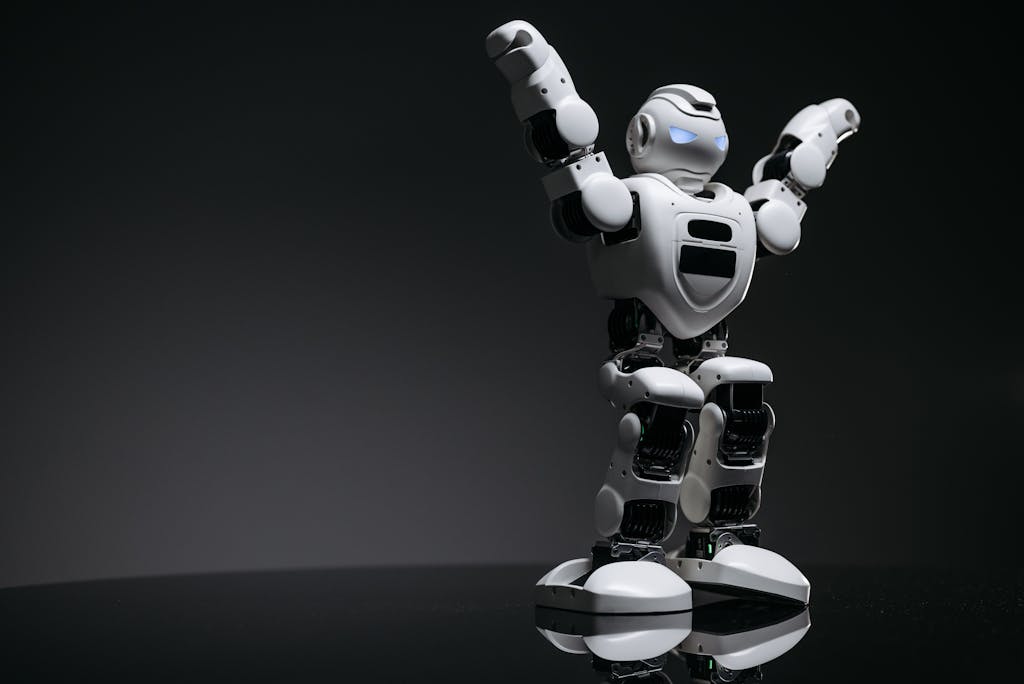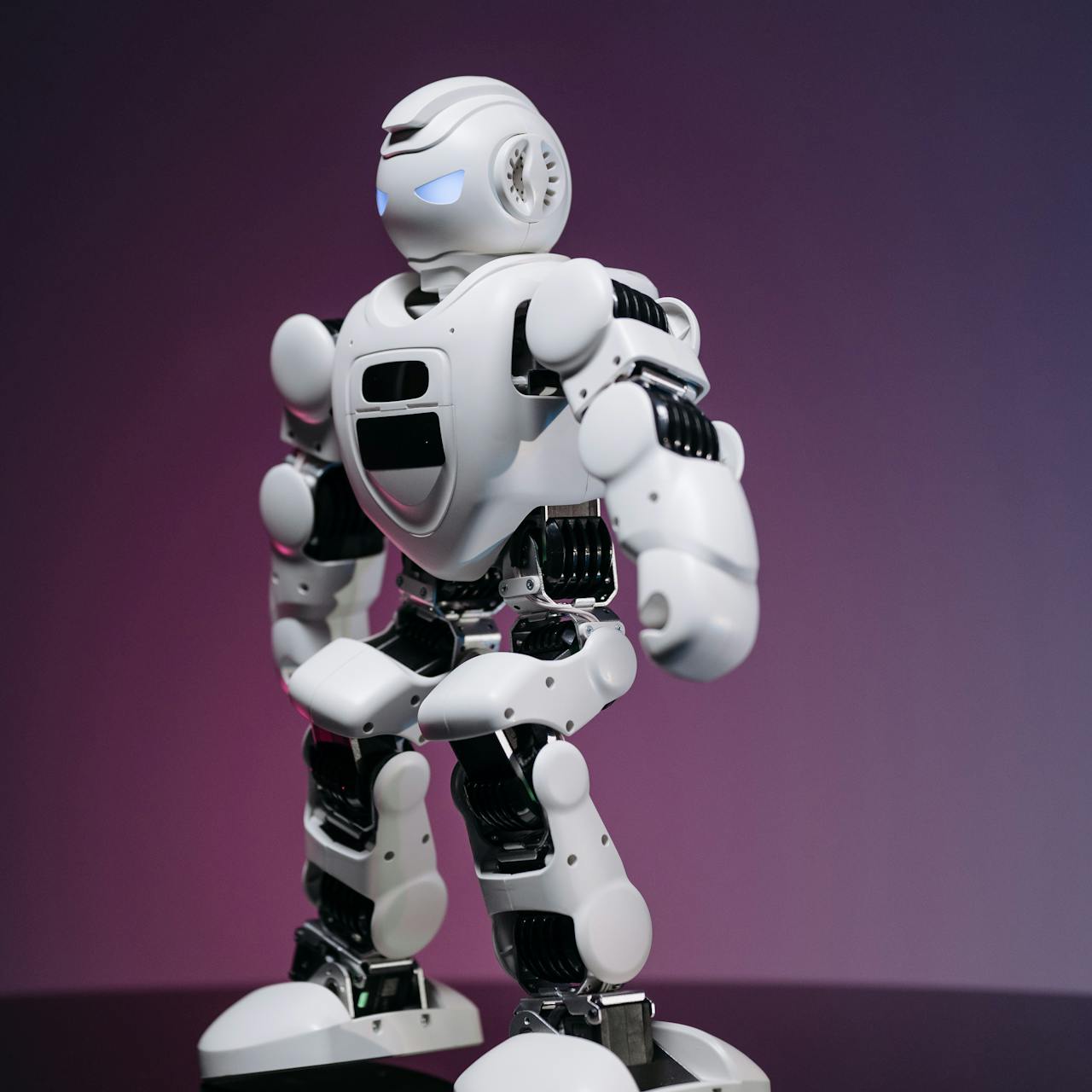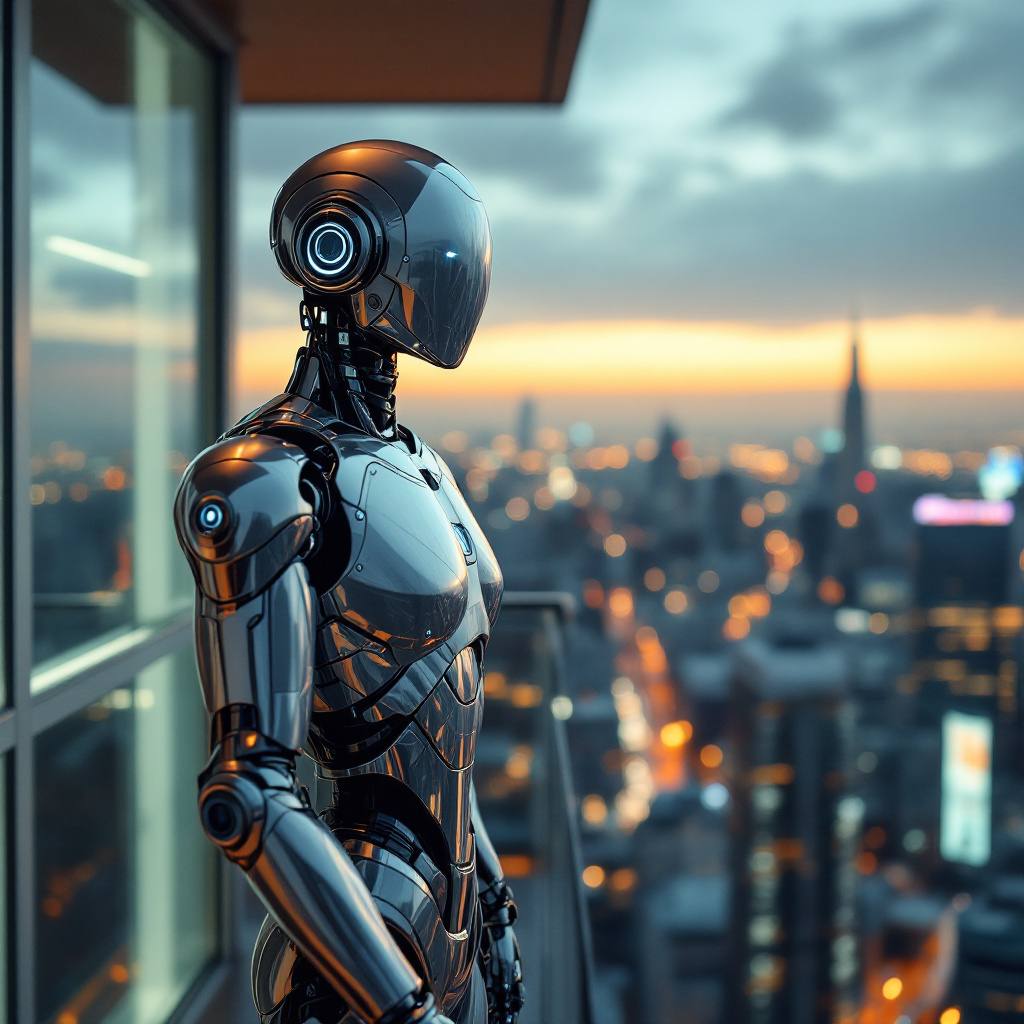A New Era of AI Companionship
The latest generation of humanoid robots is ushering in a revolution in how artificial intelligence interacts with people. No longer confined to simple commands and scripted responses, these advanced systems are now capable of interpreting tone, identifying emotional cues, and responding with surprising nuance. By integrating emotional intelligence, today’s AI companions offer more natural, intuitive, and fulfilling conversations. This evolution transforms the role of robotics from utility-driven machines to emotionally responsive partners. Among them, models like the Harmony Robot and Henry Robot are demonstrating how realistic interaction is shaping the future of AI companionship.
Understanding Emotional Intelligence in AI
Emotional intelligence, when applied to robotics, refers to an AI’s ability to detect and respond to human emotions in real time. Through voice tone analysis, facial expression recognition, and even subtle behavioral patterns, a modern humanoid robot can infer a user’s emotional state. This capability allows the robot to adjust its responses—using empathetic tones, appropriate body language, and more supportive dialogue structures. Such adaptability is what separates today’s companions from the rigid machines of the past.
Voice Recognition and Mood Detection
One of the most crucial tools in this new generation of AI is advanced voice processing. These robots don't just hear what you say—they understand how you say it. Whether the user speaks in a cheerful, stressed, or neutral tone, the AI adjusts its delivery accordingly. This creates an experience that feels more like a dialogue between friends rather than an exchange with a programmed assistant. The Henry Robot, for example, can detect hesitation, joy, or frustration in speech, and respond in ways that support emotional well-being and encourage further communication.
Facial Expression and Behavioral Adaptation
Thanks to embedded visual sensors and sophisticated neural algorithms, the latest humanoid robots are also able to interpret non-verbal cues. Eye movement, facial tension, and posture can all signal changes in mood. AI uses this input to modify responses—either softening its voice, suggesting a break, or switching to a lighter topic. These interactions don't just feel lifelike; they build a sense of trust and empathy over time. With Harmony Robot, users often report that daily conversations feel more supportive and engaging, even after extended use.
Customization and Personality Learning
What makes emotional AI truly powerful is its ability to learn. These robots remember past interactions, noting emotional triggers, conversation patterns, and user preferences. Over time, this learning refines the AI's personality, making each unit unique to its user. This adaptive memory allows for deeper relationships between humans and machines. Whether it's the humorous banter with a Henry Robot or thoughtful reflection with a Harmony Robot, the sense of familiarity grows stronger with each exchange.
Ethical Design and User Consent
While emotional AI brings immense benefits, it also raises critical questions around privacy, ethics, and consent. Developers are increasingly aware of these concerns. That’s why many systems are designed with secure data handling, user-controlled settings, and transparent feedback loops. Users must consent to emotion tracking and have full control over stored data. Legal frameworks are being developed to ensure safety, particularly when robots are used in therapeutic or home care environments. Clear disclaimers, opt-in mechanisms, and secure cloud services are becoming industry norms to protect users.
Real-World Applications Beyond Companionship
Emotionally intelligent AI is already making its way into fields beyond personal interaction. In healthcare, such robots assist in monitoring mental wellness. In education, they help support students with tailored emotional feedback. As emotional intelligence becomes a standard feature, we may see even broader adoption across service industries, therapy, and rehabilitation. The emotional connection once thought to be the domain of humans alone is now being supported by intelligent, adaptive technology.
Conclusion: The Future Feels More Human
The latest wave of AI-driven companions isn’t just smarter—they’re more attuned to human feelings. Emotional intelligence allows these robots to engage in a way that feels real, supportive, and deeply interactive. Whether you're speaking with a Harmony Robot during a quiet evening or sharing your thoughts with a responsive Henry Robot, the experience feels remarkably human. As this technology continues to evolve, one thing is clear: the future of AI is not only intelligent—it’s emotionally aware.






